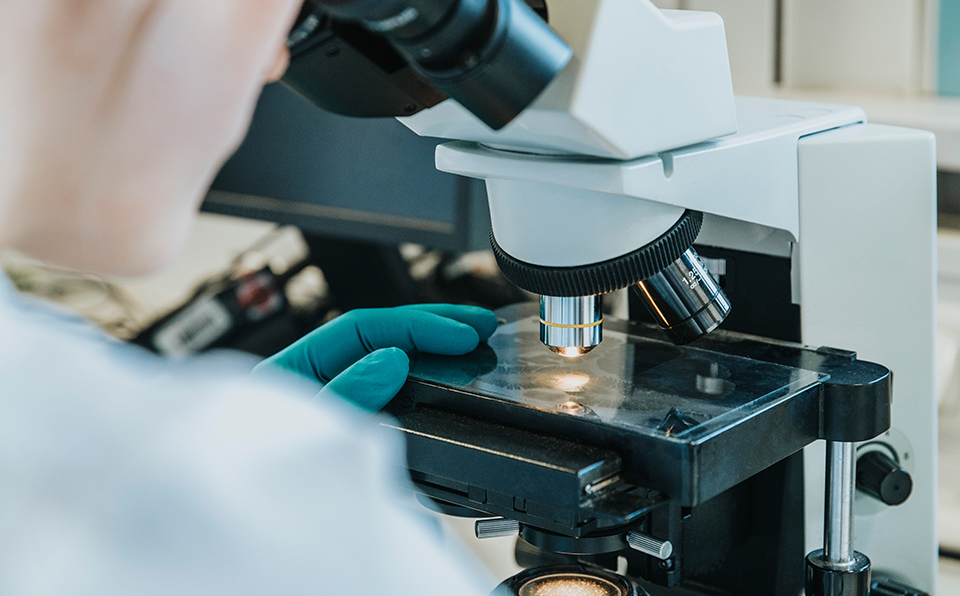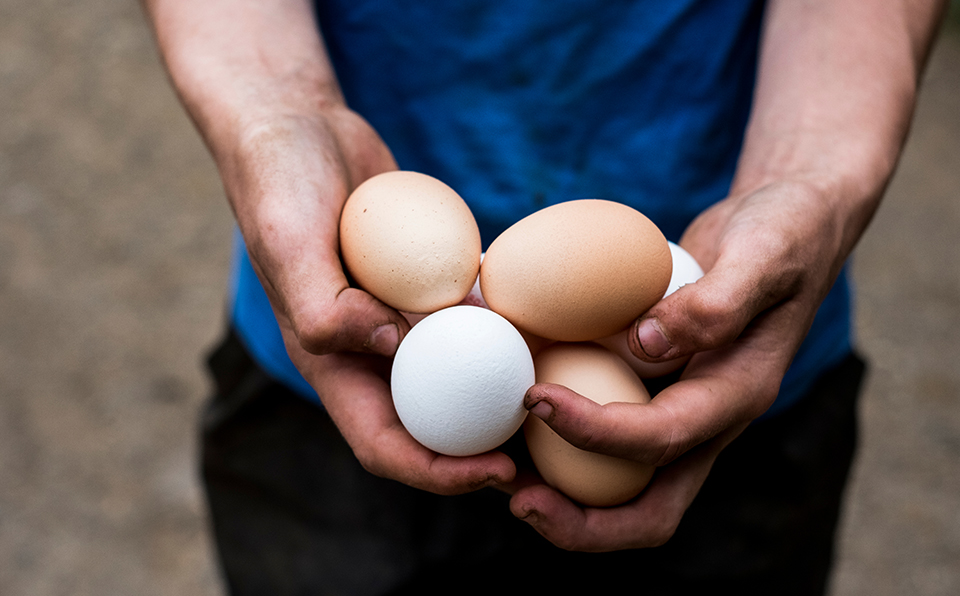
Eggs and regenerative medicine
By Egg Farmers of CanadaEggs are loved for their versatility, accessibility and delicious taste, but did you know the value of eggs extends far beyond the dinner table? That’s why we support cutting-edge research across Canada that explores innovative applications for eggs.
Our comprehensive research program funds a variety of initiatives to foster innovation within our industry, including animal welfare, food safety and sustainability. Some fascinating research from this program explores how egg whites can be used for bio-scaffolding, an important part of tissue engineering in humans.
Bio-scaffolding is an artificial structure that is implanted in the body to support the growth of 3D tissue. The science of tissue regeneration can be used to treat a variety of illnesses and their symptoms.

Dr. Simon Tran, a faculty member at McGill University’s Faculty of Dentistry and Canada Research Chair in Craniofacial Stem Cells and Tissue Engineering, found throughout his research that people with head and neck cancers, for example, can experience significant saliva loss due to the side effects from radiation treatment. Saliva loss can cause a range of painful symptoms such as dry mouth, difficulty swallowing, oral infection or taste loss. Bio-scaffolding can be used to successfully rebuild salivary gland tissue in the laboratory, with the goal of alleviating symptoms and significantly improving a patient’s quality of life. While bio-scaffolding plays a very important role in regenerative medicine, its current application is prohibitively expensive.
This is where eggs come in. Dr. Tran and his research team found that egg whites and alginate (a material made of brown seaweed) can offer a viable alternative to current bio-scaffolding applications1.
“Using egg whites as scaffolding for 3D tissue is about 150 times less expensive than the scaffolding currently sold on the market,” says Dr. Tran. “Not to mention egg whites are much more readily available.”
The discovery that eggs can be used in tissue regeneration could positively affect the half a million patients who are diagnosed with head and neck cancers each year worldwide. It may also help those with illnesses, such as Sjogren’s syndrome—an autoimmune condition that also causes a decrease in saliva production.

Egg whites and alginate in tissue engineering may also hold potential for changing the way regenerative medicine is used to treat the whole body. “The applications of 3D tissue using egg whites and alginate could mean tissue transplants for different parts of the body, such as the pancreas, the kidneys, the liver, the lungs and the gastrointestinal tract,” says Dr. Tran.
Dr. Tran’s study is a powerful example of how innovative solutions to complex issues can be found in the most surprising places, like the humble egg. Interested in learning more about #EggResearch? Click here to read about our research program, including how Canadian researchers can apply for funding.
1 Tissue Engineering of Oral Mucosa and Salivary Gland: Disease Modeling and Clinical Applications, Almansoori, AA., Kim, B., Tran, S. Microengineering Techniques for Disease Modeling and Drug Discovery, Volume II, (2020), MDPI.com.